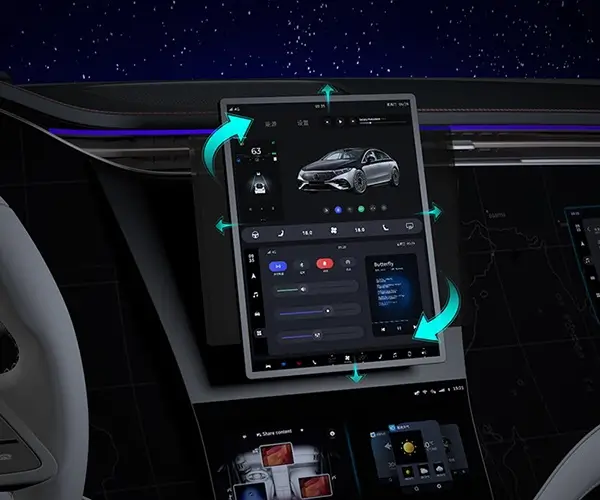Imagine you’re tinkering in your workshop, looking to add some pizzazz to your DIY project—maybe a robot arm or an automated curtain. At the heart of it all: the servo motor. But here’s the thing—getting that servo moving with precision isn’t magic; it’s about the right code, code that speaks its language. That’s where Arduino comes in, making the whole process a breeze.

Starting off, anyone who’s messed with Arduino knows it’s like a giant playground for tech lovers. When you write code for a servo motor, it’s simple but powerful. You tell it where to go, how fast, and watch the magic unfold. Think of it like giving a pet a command—except the pet is a tiny mechanical beast responding instantly. Whether you want it to rotate 90 degrees or do a full 180, the process boils down to a few lines of code.
Here’s a question for you—what’s the secret sauce behind smooth servo movement? It’s the timing and the control signals. Just a couple of lines—using the Servo library—can turn your project from clunky to silky-smooth. You set up the servo pin, attach it, then give it a position value. That’s it. But here’s where it gets interesting: with some tweaking, you can make your servo dance to a tune—gradually rotating or oscillating. It’s not just about getting from point A to B; sometimes, it’s about making movements look more natural.
Now, let's talk about real-world applications. Picture a tiny robotic arm picking up objects, or a camera gimbal stabilizing shots. In these cases, the precision and responsiveness of the servo are everything. Writing efficient code means your servo responds instantly, without jitters or lag. For hobbyists, beginners often get overwhelmed by the technical jargon. But here’s the kicker: the core process is surprisingly straightforward once you get the hang of it. It’s like riding a bike—you wobble at first, then you’re zipping along.
But no project exists in a vacuum. Ever wondered, “Why isn’t my servo moving like I want?” Sometimes it’s as simple as power supply issues or wrong signal range. Other times, a little delay in the code makes a big difference. Fine-tuning those parameters can improve performance dramatically.
Think about it—adding a servo to your controller setup is like giving it a limb to help with complex functions. Before you code, you want clarity on your needs. Is a 60-degree turn enough? Or do you need a full 180? Understanding these details ensures you’re not wasting time or resources.
Plus, you can get as fancy as you want—adding sensors, making it respond to sound, or even combining multiple servos for synchronized moves. That’s the beauty of Arduino and simple coding—it’s flexible enough to grow with your ideas.
In the end, mastering Arduino code for servo motors unlocks endless creative possibilities. It’s a foundation—building a robot, automating gizmos, or just experimenting for fun. Once you see that tiny servo respond to your commands, it’s like magic—but just good, old-fashioned logic and a little passion.
Established in 2005, Kpower has been dedicated to a professional compact motion unit manufacturer, headquartered in Dongguan, Guangdong Province, China. Leveraging innovations in modular drive technology, Kpower integrates high-performance motors, precision reducers, and multi-protocol control systems to provide efficient and customized smart drive system solutions. Kpower has delivered professional drive system solutions to over 500 enterprise clients globally with products covering various fields such as Smart Home Systems, Automatic Electronics, Robotics, Precision Agriculture, Drones, and Industrial Automation.




































